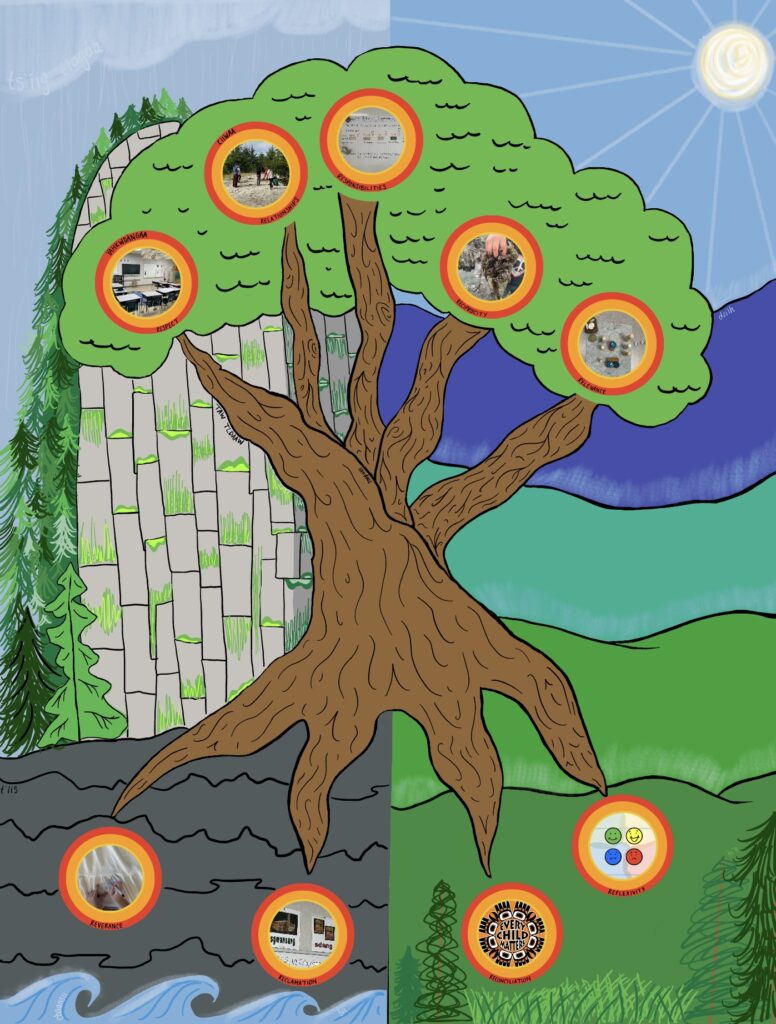Digital Literacy
This page discusses the importance of digital literacy, digital citizenship, and the significance of our digital footprint. Furthermore, the page describes how these three components influence learning in all forms and offers supplementary resources in this topic area. Select any of the buttons to below to learn more about the described topics.






